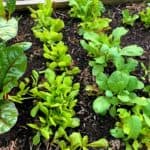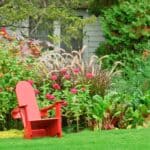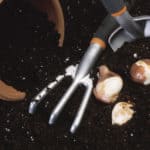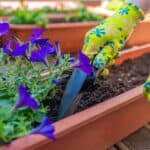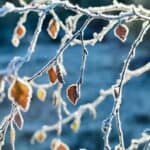Are you a super tidy gardener? I’m here to give you a pass and invite you to take it easy on your fading flowering perennial and annual plants. I know, I know – this logic defies many decades of teaching. What about all those lessons on trimming everything down to the ground and raking every last leaf out of your beds in the fall before the snow flies? You’re right, that was the widely taught approach. And you know what? We were wrong. Across the world, horticulturists are changing their tune and their teachings.
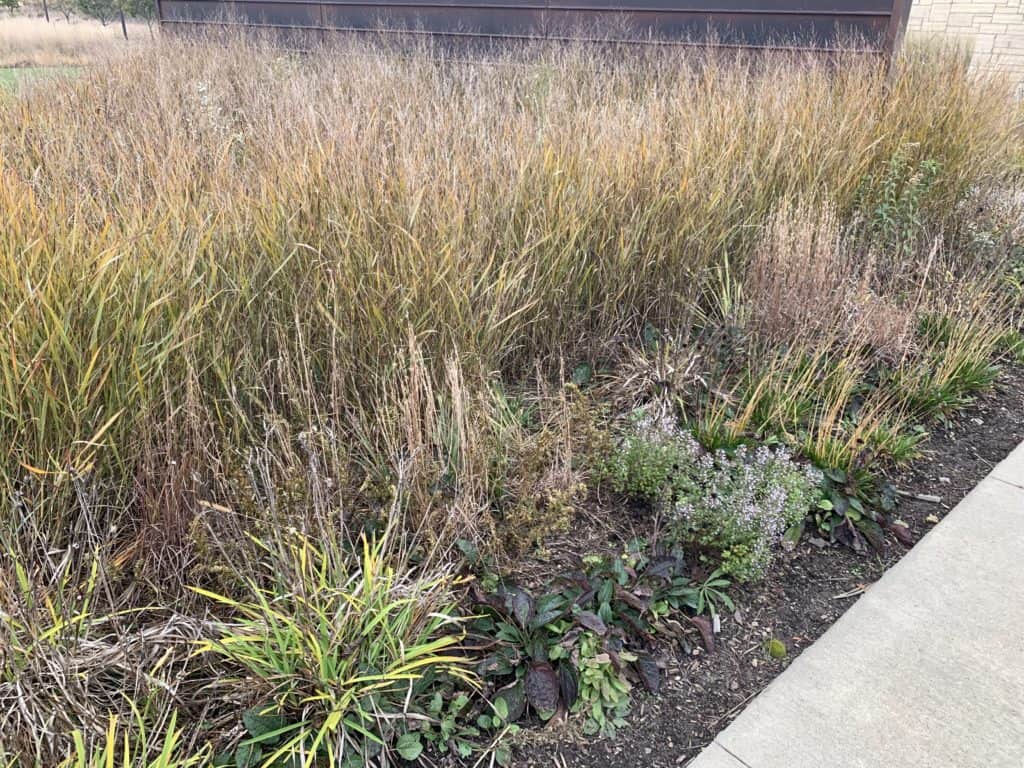
Let me be clear that vegetable gardens are your chance to be tidy. I encourage you to clear your veggie garden in fall to reduce risk of diseases. For the rest of your gardens though, be willing to see beyond what some might call “messy” to the natural beauty and benefit. Let’s dig deeper on why this approach is anything but lazy.
For the wildlife
By letting your flower gardens and grasses stand through ‘til spring, you are very likely helping many hundreds of insects and birds thrive. Let’s face it, we humans haven’t been the best stewards of nature’s gifts. Recently tough, reasearchers have measured, tracked and proven without of shadow of a doubt that a messy garden wins with respect to the quantity, quality and diversity of the wildlife living within.
Beyond food, your standing plants are also providing shelter. Native bees, butterflies, moths and caterpillars are nesting right in our Midwest gardens even in sub-zero temps. They might be in that pile of leaves, behind that pulled back bark, inside that stem or even in that big pile of brush we never quite got cleared away. Well done! You’re supporting an entire ecosystem through your efforts…or lack-there-of.
By letting your garden stand, you’re providing delicious seeds to sustain many birds like the goldfinch, the cardinal, the chickadee, the nuthatch, the jay and more through the harshest winter. Native plants are especially beneficial for providing seeds to nourish our feathered friends all season long. Examples include aster, coreopsis, black-eyed Susan, goldenrod and purple coneflower. The plants themselves do better too by not being stressed with an extreme cut-back in the midst of worsening weather.
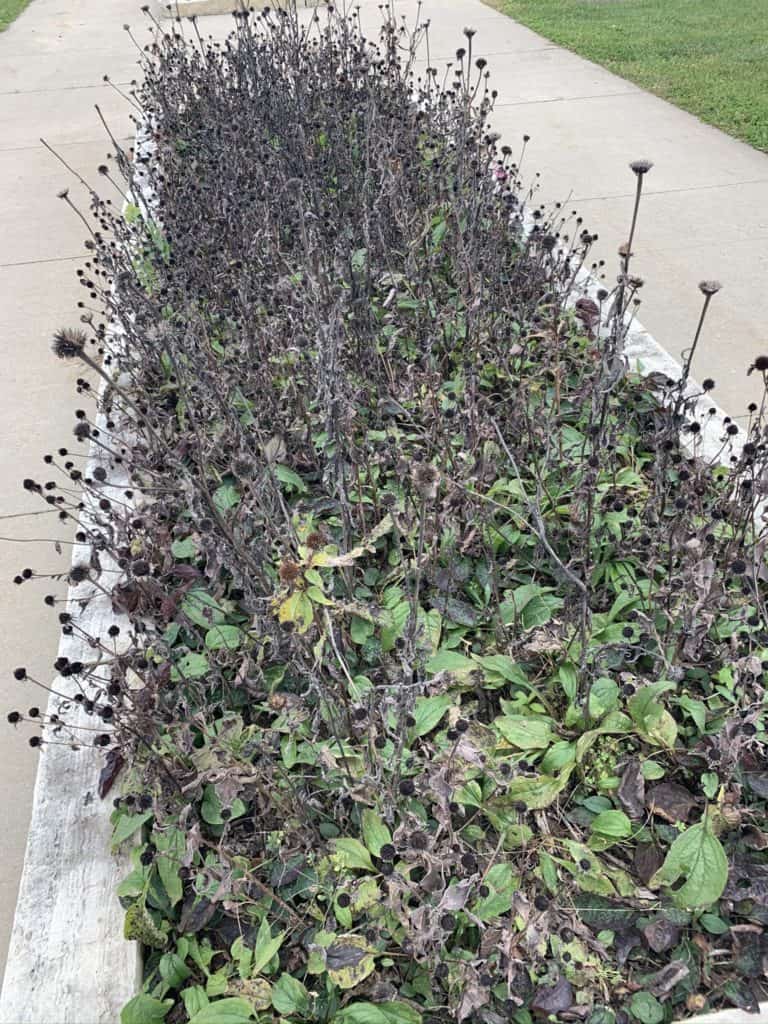
Instead of raking up every last leaf, consider them a treasure. Yes, you do need to get them off your lawn. For small amounts of leaves, do way better than raking and feed your lawn by chopping them up with the mower. For larger amounts, blow them into your garden beds, or dump them in if that’s easier for your layout. The leaves in the garden will provide shelter for garden residents, protection for your plants and a natural mulch.
Remember that insecticides have no place in a wildlife garden. Say no to chemicals of any kind in your gardens all year round. You will be rewarded with an abundance of balanced, beneficial life. It is nature’s way.
For us
How delightful it is to look out into the garden and see a great variety of birds enjoying the winter garden. You’ll soon discover that the standing plants become works of ever-evolving art as snow and frosts create intriguing sculptures all while sheltering the creatures making their home in our garden. While its true that not many plants will grow in the winter of seasonal gardens, the garden is still alive with an assortment of animals along with hibernating and nesting bees, birds and even butterflies who do not migrate. For migrating birds, your garden can serve as a way station of nourishment and shelter along their journey.
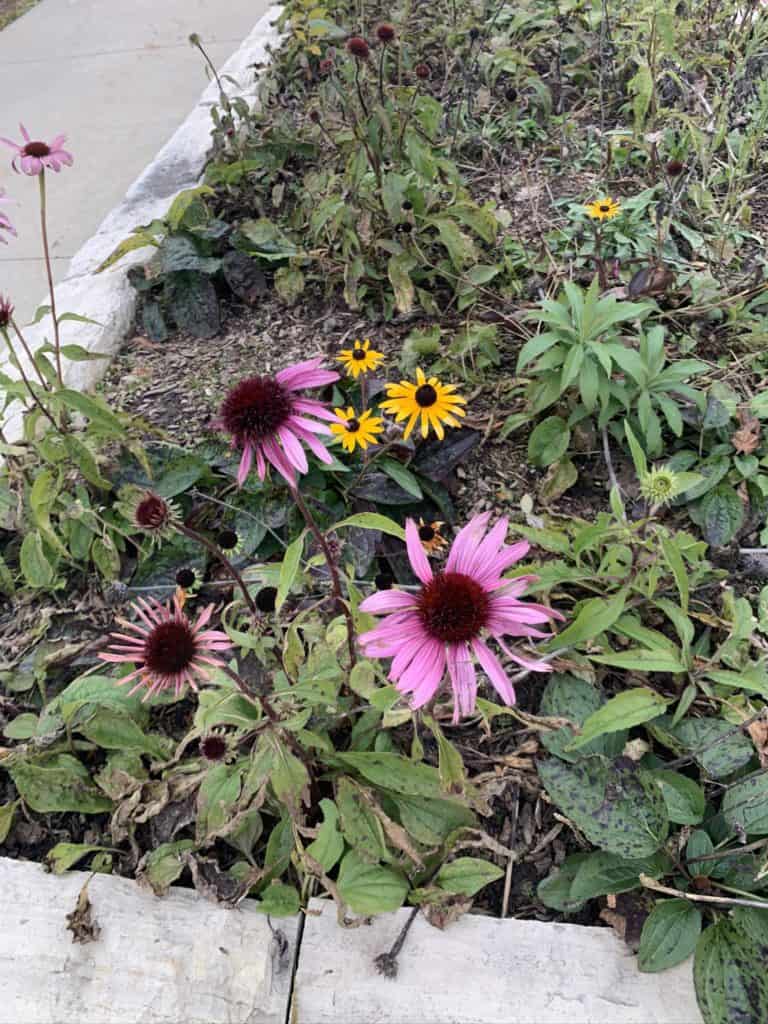
SHARE IT ON PINTEREST
